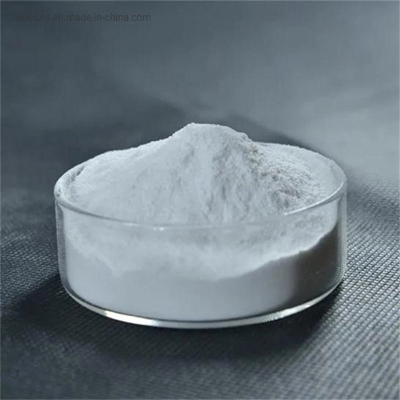-
Categories
-
Pharmaceutical Intermediates
-
Active Pharmaceutical Ingredients
-
Food Additives
- Industrial Coatings
- Agrochemicals
- Dyes and Pigments
- Surfactant
- Flavors and Fragrances
- Chemical Reagents
- Catalyst and Auxiliary
- Natural Products
- Inorganic Chemistry
-
Organic Chemistry
-
Biochemical Engineering
- Analytical Chemistry
- Cosmetic Ingredient
-
Pharmaceutical Intermediates
Promotion
ECHEMI Mall
Wholesale
Weekly Price
Exhibition
News
-
Trade Service
experiment 22 the principle of exchange absorption of ammonium ions at the root of thethe plant root system absorbs ions by means of cation exchange. The
proteins
of the root cytocytes are negatively charged and bind to cations (e.g. H , etc.). When the root system is immersed in salt or other electrolyte solution, the cation is exchanged for adsorption, the cation in the medium is adsorbed to the surface of the proton membrane, and the original combination of H or K plasma is released, such exchange adsorption does not require metabolic energy.plant roots absorb salts from the soil colloid, with indirect exchange and direct exchangeexchanging from the roots, where the amount of Kis the largest. This exchange process not only takes place on the cell surface of the root, but may also go deep inside the cell protosite. The pH of the external medium also affects the exchange and absorption of ions by plant roots.。Instrument pharmaceutical 721 type
-photonometerflame photontriangle
pipelarge
test tubecapacity bottle 0.1mol/L Tris buffer, pH8.0.ammonium sulfate solution: said 366.5 mg ammonium sulfate dissolved in 1000 ml 0.1mol/L Tris buffer, nays
reagent
: said 45g mercury iodide and 35g potassium iodide dissolved in a small amount of water, washed into 1000ml solution bottle. Also known as 112g potassium hydroxide dissolved in 500 ml of water, to be dissolved and cooled, poured into a 1000 ml capacity bottle, add water to the scale,
filtration
, take the liquid backup (pH11 above).。Step 1. 1. Material selection and treatment choose to grow normally, the root system of vigorous hydroponic wheat seedlings 300 plants, cut off the root system, rinse in the water, absorb surface moisture, generate two groups, each group weighing 2g fresh, respectively, into two 50 ml triangle bettle. Add 30 ml of ammonium sulfate solution to the triangular cans. Take another triangular bottle and add 30 ml of ammonium sulfate solution, but do not put the root system for a more positive. Each of the above groups is labeled.。 2. TheK 10 ml of test fluid from the triangulation bottle and add water to the scale in a 50 ml capacity bottle. The content of K-rays was measured flame photometric. Based on the reading of the flame photon meter, the content of K is found on the standard curve (see experiment 23) and the total K-level in the solution calculated. 3. NH
4
determination each absorbed 0.5 ml of test fluid plus 9.5 ml of water mixed in the test tube, plus 0.5 ml of Neith reagents, 20 minutes later, at 450 nm wavelength color, water as a blank control. From the standard level according to the







